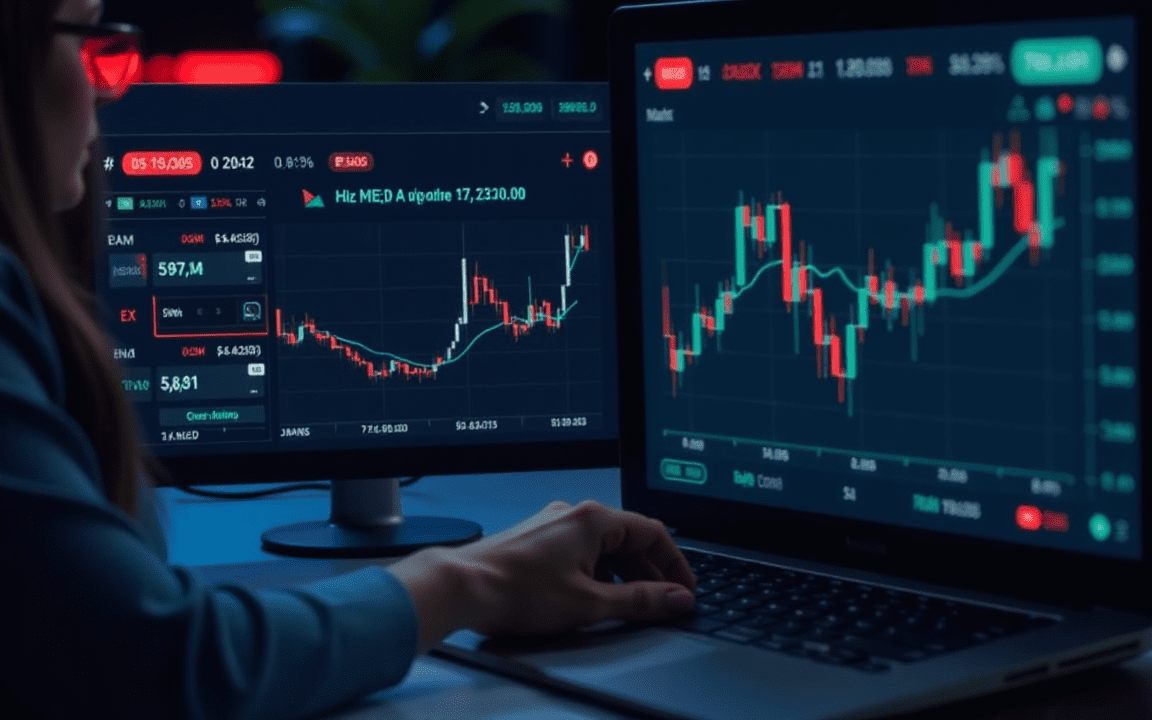Major Moves in PUMP Token Transactions Raise Concerns
In recent developments within the cryptocurrency landscape, significant transactions involving the newly launched PUMP token have caught the eye of investors and analysts alike. Two wallets associated with the initial private placement of PUMP have liquidated a staggering 25.5 billion tokens, valued at around $141 million, which sparked discussions about the token’s distribution and implications for its future performance.
Impact of Big Sales on PUMP
With the recent token sales, the investors realized approximately $39.65 million in profits over the course of just a week. Many members of the cryptocurrency community have raised questions regarding the implications these large transactions could have on the stability of PUMP’s price. The high volume of sell-offs has led to concerns about the structure and sustainability of the token distribution system, especially with the upcoming regulatory changes in the United States possibly influencing market behaviors.
Key Investors Withdraw Funds
One of the wallets identified, labeled as D6ar…Lazd, reportedly acquired 25 billion PUMP tokens by participating in an institutional funding round that involved $100 million USDC. In an unusual move for institutional investors, this private placement had no lock-up period, allowing participants to offload their tokens immediately. This could skew market dynamics, as retail investors joining later do not enjoy similar advantages.
During a time of market gains, influenced by recent regulatory shifts, this wallet sold 13 billion tokens to the liquidity platform FalconX, translating to roughly $71.46 million in value. The execution was done at an average price of $0.0055 per token, enabling the investor to secure about $19.5 million in returns within a week.
The second investor similarly profited by liquidating 12.5 billion tokens after committing $50 million USDC in the private sale. By transferring their holdings to various centralized exchanges, this investor managed to secure profits of around $20.15 million, capitalizing on an average price of $0.0056 per token.
Lack of Vesting Restrictions
Another point of concern is the absence of lock-up conditions for participants in the private round. Traditionally, institutional crypto investments come with vesting periods designed to enhance stability and prevent sudden sell-offs. The lack of such restrictions for PUMP has raised eyebrows, leading to perceptions of an uneven playing field between institutional and retail investors.
This situation may contribute to market volatility, as large-volume sellers have the freedom to act without constraints, potentially undermining the confidence of everyday investors who may have committed capital during the public sale phase.
PUMP’s Future Outlook
Since its public sale on July 12, which sold out in a mere twelve minutes, PUMP has remained on the radar of investors eager for new opportunities. However, the massive selling pressure from early investors poses challenges to PUMP’s short-term prospects. These rapid sell-offs could lead to decreased liquidity and diminished investor confidence.
Market indicators show that the sentiment surrounding PUMP may be weakening. Data from derivatives markets reflect a decline in both trading volume and open interest, suggesting that trader enthusiasm is waning. Notably, PUMP’s trading volume has decreased by 10% to $1.11 billion, and open interest has dropped by 7%.
Adding to the complexity of the situation, the team behind Pump.fun has remained silent on the significant token transactions or the framework of its private placements, which could exacerbate uncertainty among potential investors.
The Market Context
Despite these challenges, broader market behaviors may also play a crucial role in PUMP’s trajectory. As Bitcoin’s dominance seems to be declining, there could be a resurgence of interest in altcoins, setting the stage for potential rallies. Observations from various traders suggest that if the market can absorb the sell pressure experienced by PUMP, there may still be substantial opportunities ahead.
Investors are keeping a close watch on PUMP and its on-chain developments. As the landscape continues to shift, the response of PUMP to emerging market dynamics will be crucial for its future performance in a fluctuating environment.
